Cut any recipe in half with these easy tips! If you’ve ever wondered what’s half of ¾ cup, or how to half an egg when trying to scale a recipe, then I’m here to help. Cutting down recipes doesn’t have to be difficult anymore, because I’m teaching you how to halve recipes with ease! I’ll also give you a cheat sheet chart so you can quickly halve cooking measurements, and cut common ingredients in half for your recipes.
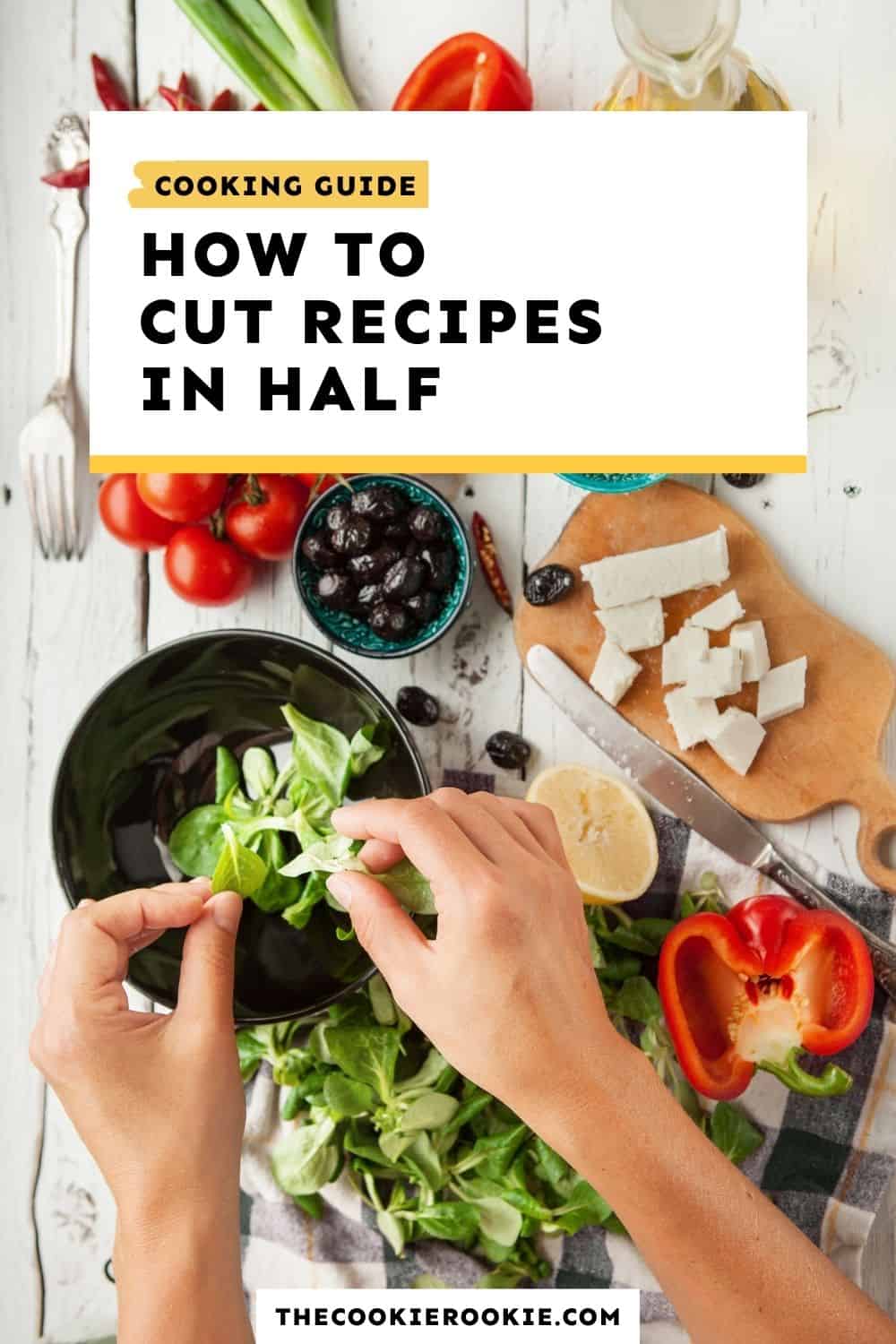
This post may include affiliate links that earn us a small commission from your purchases at no extra cost to you.
How to Halve Recipes
Sometimes you come across a great recipe that you’re dying to make, but the recipe makes WAY too much food.
You don’t need two dozen muffins, you just need a few for breakfast. You don’t need a huge casserole, you just want a small portion to serve with other dishes.
But when it comes time to halve the recipe, trying to figure out exactly how much to use of each ingredient becomes a huge math problem. I know I didn’t sign up for math when I started cooking!
Well, don’t give up on that recipe just because you need to cut it down. Scaling or halving recipes isn’t so hard once you understand the most basic cooking measurements and conversions. So let’s start there!
These tips are so helpful if you like to bake at home, or if you usually cook for 1 or 2 people (rather than 4 or more).
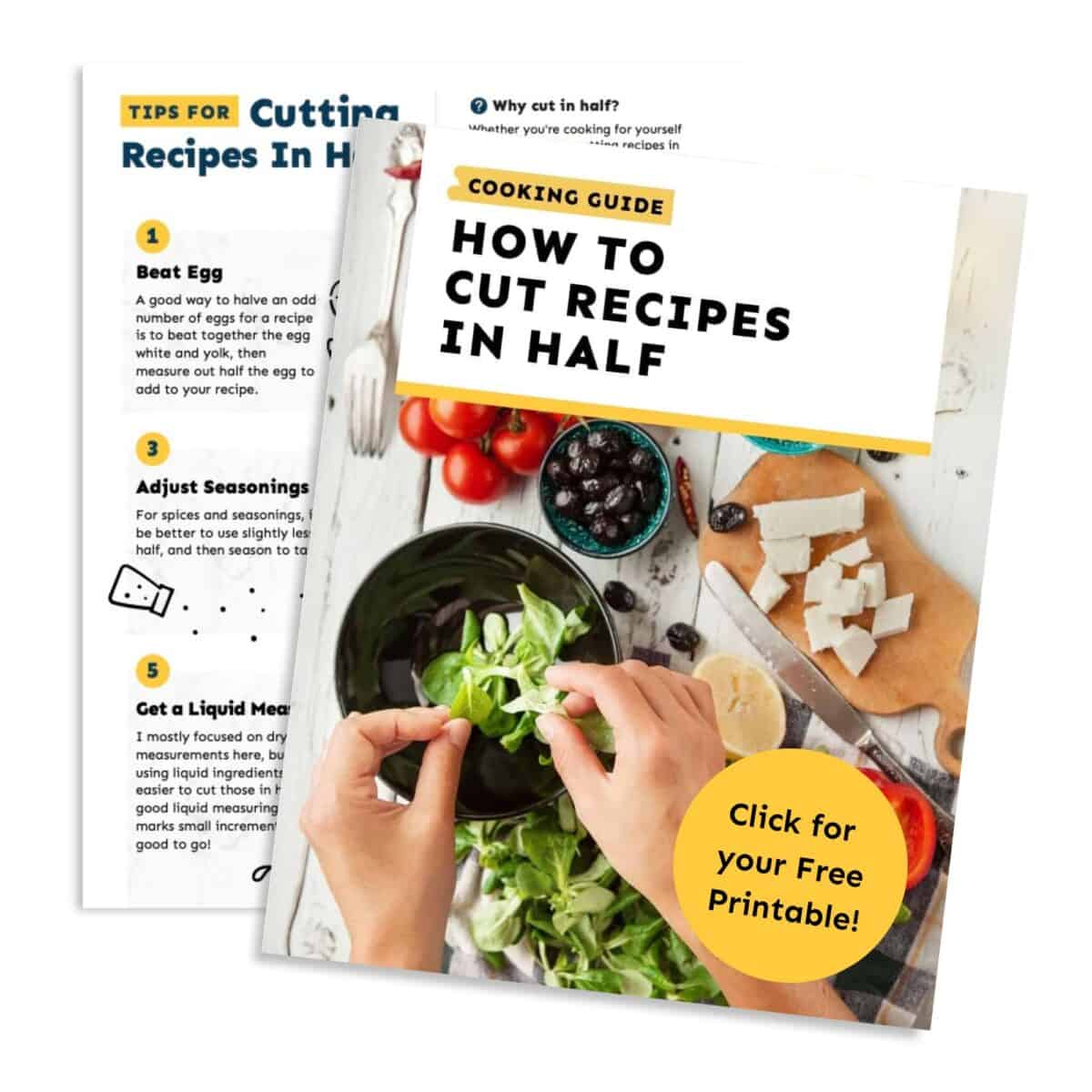
Cut Recipes in Half (Measurements Chart)
| Original Measurement | Cut in Half |
|---|---|
| 1 cup | 1/2 cup |
| 3/4 cup | 6 tablespoons |
| 2/3 cup | 1/3 cup |
| 1/2 cup | 1/4 cup |
| 1/3 cup | 2 tablespoons + 2 teaspoons |
| 1/4 cup | 1/8 cup (or 2 tablespoons) |
| 1 tablespoon | 1/2 tablespoon (or 1 1/2 teaspoons) |
| 1 teaspoon | 1/2 teaspoon |
| 1/2 teaspoon | 1/4 teaspoon |
Be sure to bookmark this post so you can reference the chart any time you need to cut down a recipe!
Basic Cooking Conversions
I wrote an entire post about cooking conversions because there’s a lot to learn (I even made a printable cooking measurements chart for you!). But I’m going to give you the basics here so that you can figure out how to cut that recipe in half without going insane.
It’s easy enough to halve 2 cups into 1 cup, or 4 tablespoons into 2 tablespoons, but what about when we start getting into numbers that are more difficult to cut in half?
Here’s the simplest thing to remember:
1 cup = 16 tablespoons
1 tablespoon = 3 teaspoons
If you can remember how many tablespoons are in a cup, and how many teaspoons are in a tablespoon, then you can cut down recipes with ease!
Convert cups to tablespoons, then cut the tablespoons in half.
For example: If you want to cut 3/4 cup in half…how do you do that?
1 cup = 16 tablespoons.
3/4 of 16 is 12.
So divide 12 tablespoons in half and you get 6.
So half of 3/4 cups is 6 tablespoons!
I know doing that math on the run is a bit tedious though, so that why I made it even easier for you with the chart above.
Measuring Tools You’ll Need:
- Dry Measuring Cups: These are your standard set of 1/4, 1/3, 1/2, and 1 cups, used to measure dry ingredients (like flour, sugar, baking powder, etc.).
- Measuring Spoons: These are a set of teaspoons and tablespoons for smaller measurements.
- Liquid Measuring Cup: This tool is for measuring liquid ingredients only (like water, milk, broth, etc.).
- Food Scale: This is optional, but a scale comes in handy if you bake a lot. It’s the easiest and most accurate way to measure ingredients, and it’s easy to cut them in half when measuring in grams.
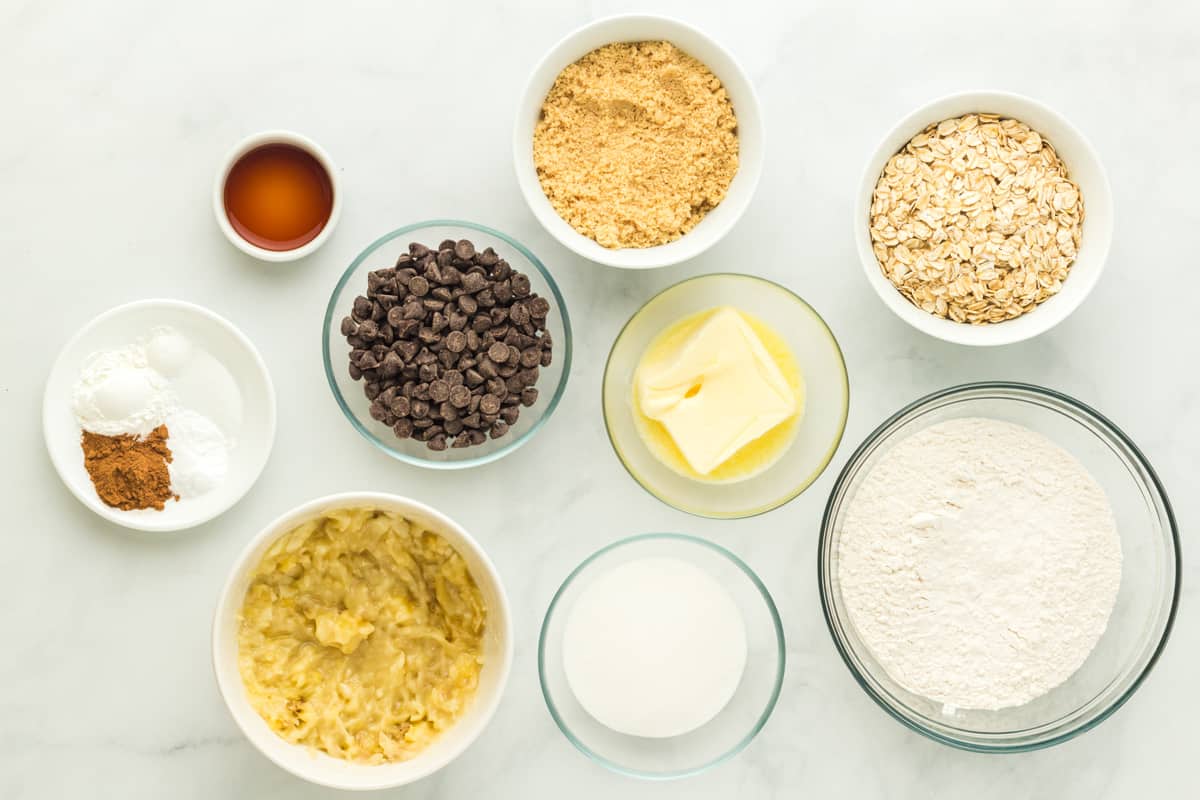
Cutting Measurements in Half
When you need to halve a recipe, getting out your pen and paper to do the math is just a hassle. So here’s a quick cheat sheet to give you the answers!
- What is half of 1 cup? 1/2 cup
- What is half of 3/4 cups? 6 tablespoons
- What is half of 2/3 cups? 1/3 cup
- What is half of 1/2 cup? 1/4 cup OR 4 tablespoons
- What is half of 1/3 cup? 2 tablespoons + 2 teaspoons OR 8 teaspoons
- What is half of 1/4 cup? 1/8 cup OR 2 tablespoons
- What is half of 1 tablespoon? 1/2 tablespoon OR 1 1/2 teaspoons
- What is half of 1 teaspoon? 1/2 teaspoon
- What is half of 1/2 teaspoon? 1/4 teaspoon
Weighing Ingredients with a Kitchen Scale
Want to skip all the extra math and measurements? Use a food scale instead of measuring cups and spoons.
Weighing out your ingredients is a more accurate way to scale recipes and halve ingredients. Since everything will be measured by weight (in grams), there’s no converting necessary. Just divide by 2 and weigh!
Of course, this assumes you have a recipe with grams. If you’re cooking meals (like casseroles, for example), you probably won’t. But precision isn’t quite as important for those types of recipes.
However, if you’re baking, I really recommend using a food scale to get the most accurate measurements–and it’ll be much easier!
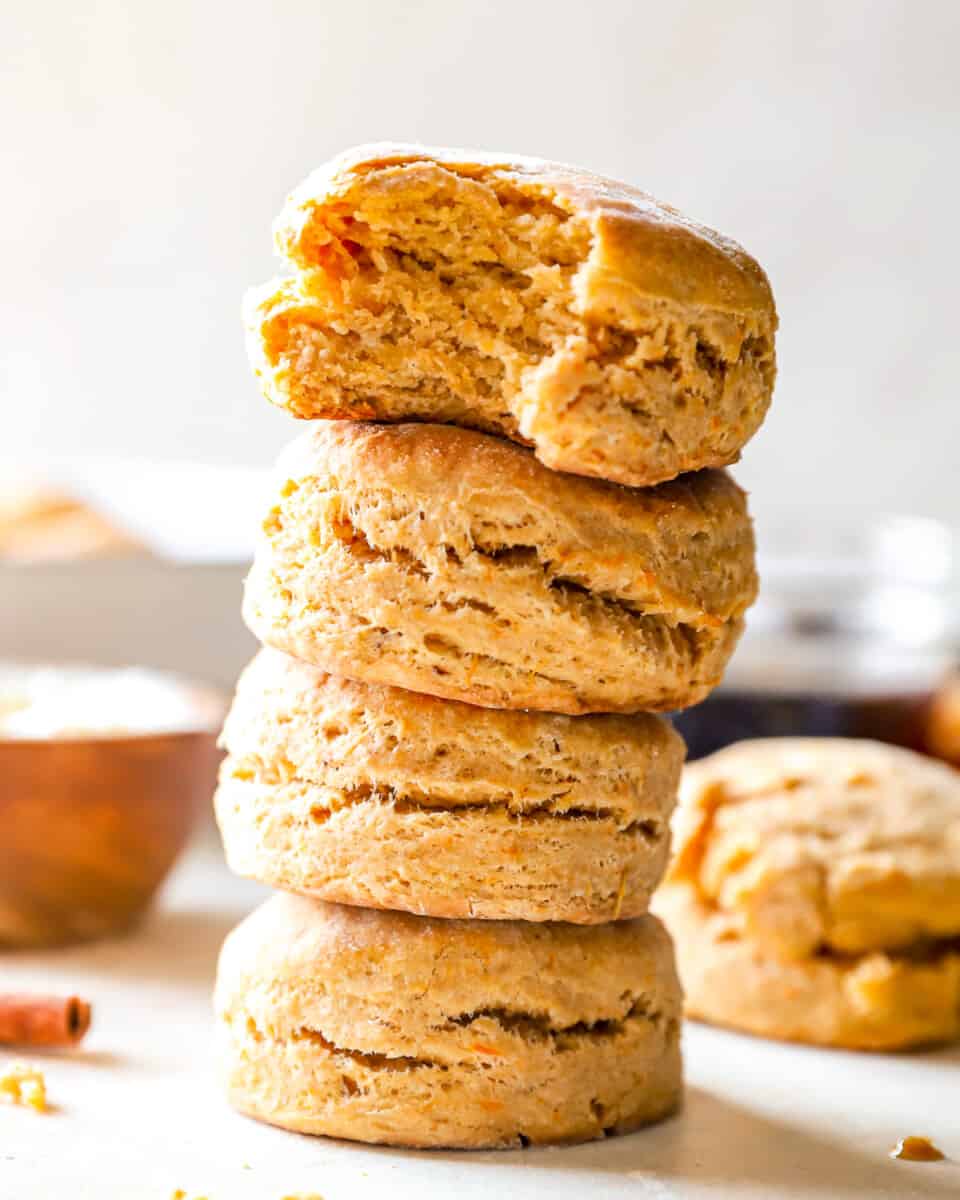
How do you halve an egg when scaling down recipes?
This is one of the trickier ingredients to cut in half, but there’s a pretty simple way to go about it. But it does depend on how many eggs are called for, and whether it calls for a whole egg vs yolks or whites.
- If the original recipe calls for 1 whole egg, here’s how to halve it: Crack the egg into a small dish, and whisk together the yolk and whites. Then measure out half of the liquid amount, and add that into your recipe. Half of 1 large egg is about 2 tablespoons.
- If a recipe calls for an odd number of eggs (3 or more), you’ll follow a similar method. First, cut down the total number, then follow the same steps above to get the right amount.
For example, with 3 eggs: Half of 3 is 1 ½, so you can start by removing 1 whole egg, and use 2. Use 1 whole egg as usual, then crack the 2nd egg into a (separate) dish, whisk, and measure out half.
- If the recipe calls for an even number of eggs, it’s easy to just divide the number by half (½ of 4 eggs is 2 eggs).
- If the recipe calls for only whites or only yolks, be sure to separate the two parts first, and then you can whisk and measure as needed.
Note: If a baking recipe calls for an odd number of eggs, and/or a mix of whites and yolks, I would generally recommend making the recipe as instructed instead of trying to cut it in half. The egg ratios are much more important in baking recipes than in cooking recipes, and it can definitely affect the quality of the final product.
What about measuring liquid ingredients?
The measurements chart above applies to both dry and wet ingredients. However, liquid ingredients are a little bit easier to cut in half if you have a good liquid measuring cup. Find one with lots of well-defined lines, at small increments. You’ll still need to do the math, but I find it’s much easier to get an accurate half measurement with these ingredients.
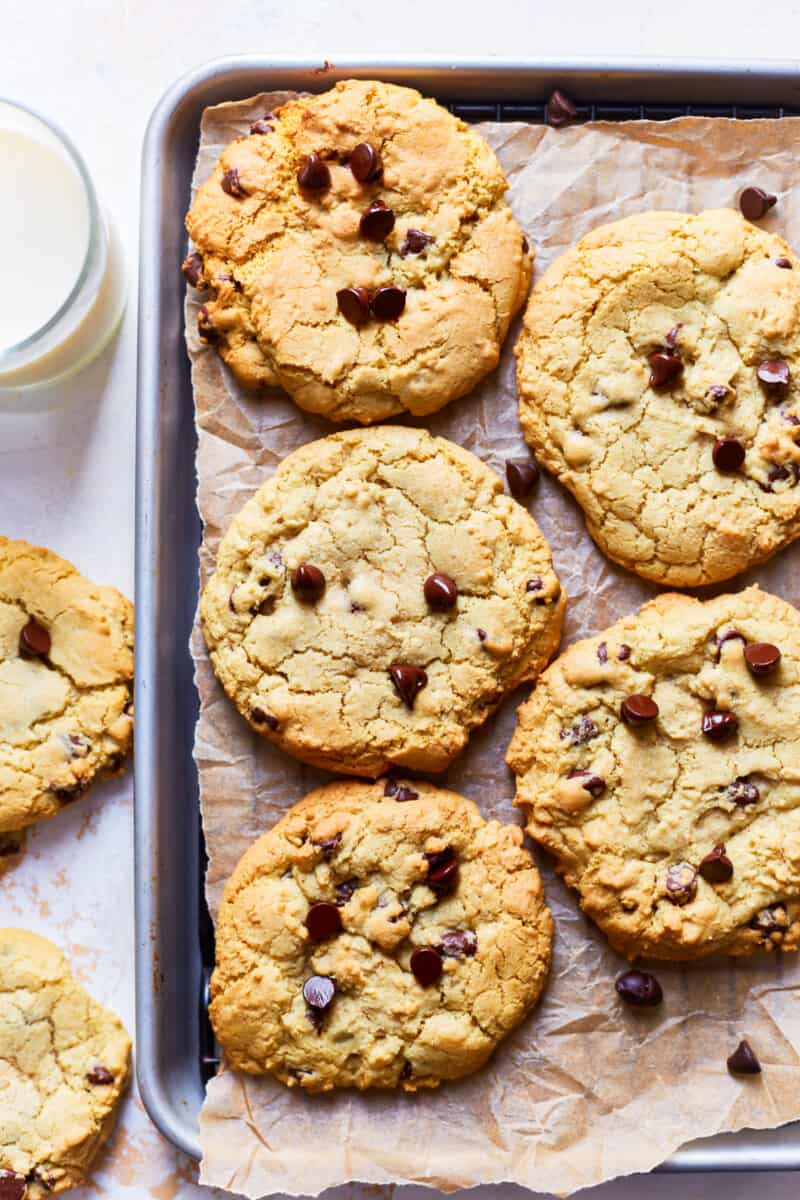
Should I reduce the cooking time when reducing a recipe?
Cooking and baking times are a little tricker to predict when cutting down a recipe. Do not cut the cooking time in half just because your recipe is halved. However, you may need to reduce it slightly.
For something like cookies, muffins, or items being cooked in separate dishes (small ramekins, for example), the cooking time can usually be kept the same.
If the recipe is being cooked in a single dish (like a casserole), assume a slightly shorter cook time. Start checking it for doneness at the half-way point to make sure it doesn’t overcook.
More Tips for Cutting a Recipe in Half
- Do the Math First: Rewrite the ingredients list with halved measurements ahead of time. That way you don’t have to do the math as you’re cooking–that leads to a lot of mistakes!
- Don’t Change the Temperature: The cooking temperatures should be kept the same as the original recipe. There’s no need to change this when scaling recipes.
- Spices: For spices and seasonings, the ratios aren’t as strict. It’s better to use slightly less than half, and then season to taste. You can build up to make sure it tastes the way you want it to.
- Batch Cook: Before halving a recipe, consider whether or not the recipe would freeze well. For example, soups, casseroles, and cookie dough are all things you can easily freeze for months. It might be useful to make the full recipe (instead of messing with halving it), then saving the other half for another time. Your future self will thank you!
- Pan Size: If you’re cutting a recipe in half, you might need to use a smaller pan/dish as well. For example, halving a brownie recipe would lead to very thin brownies in the same size pan.
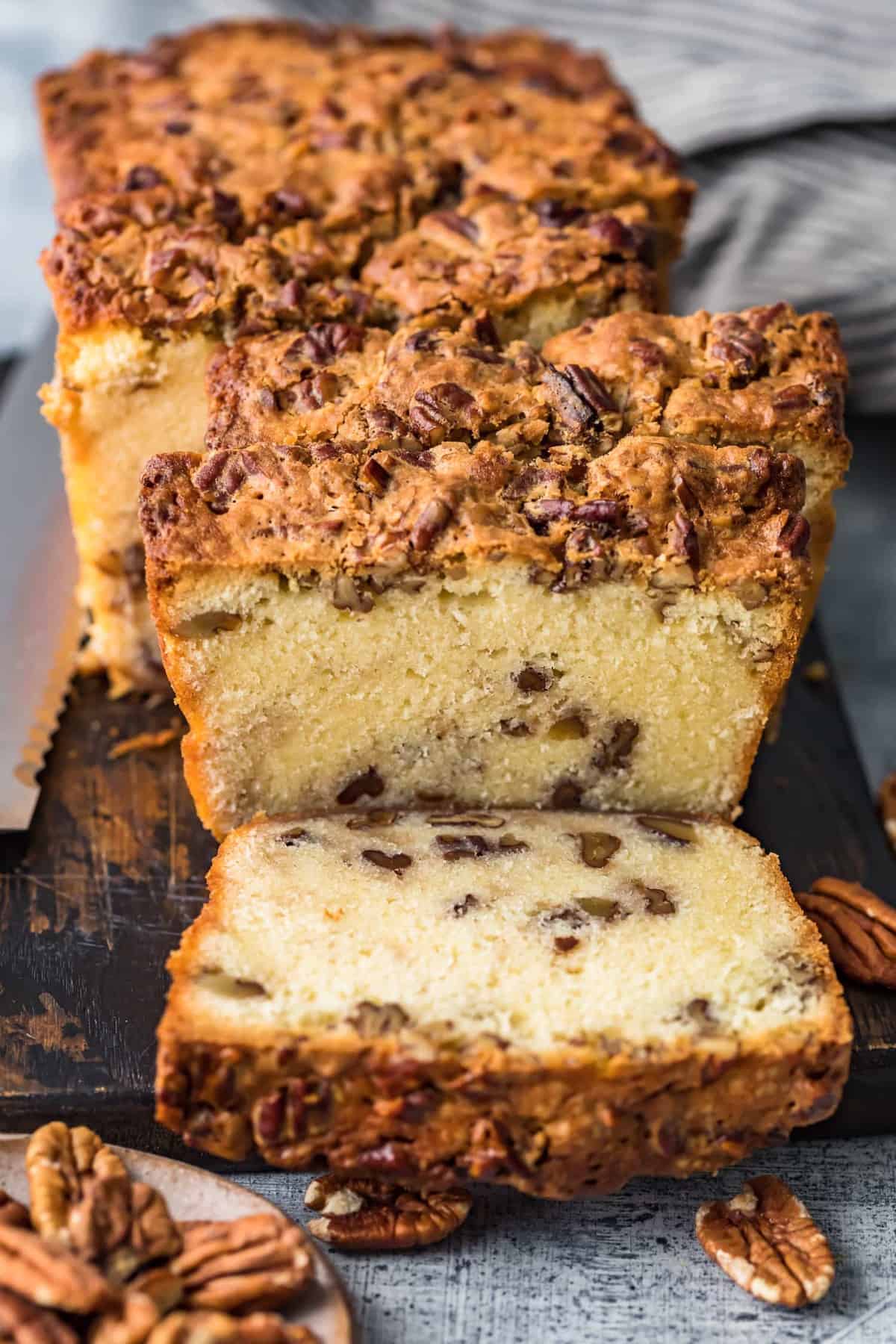
Now that you know how to cut recipes in half, you can go and make that great recipe and enjoy! Just make sure you have our measurements chart and your measuring tools, and you’ll be ready to scale down those recipes.
Cooking Tips
Find more cooking tips, recipe ideas, and kitchen help with these informative guides!
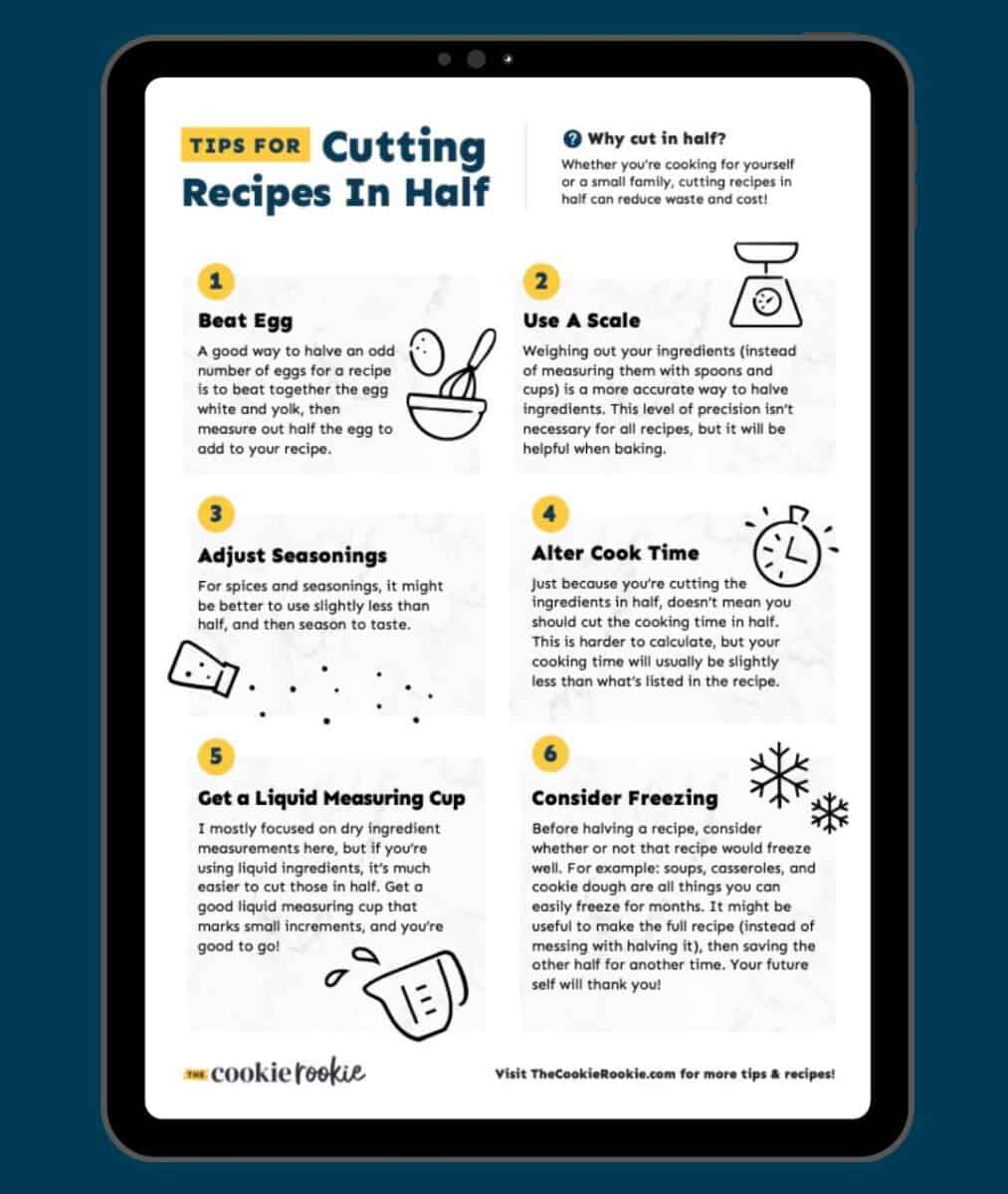
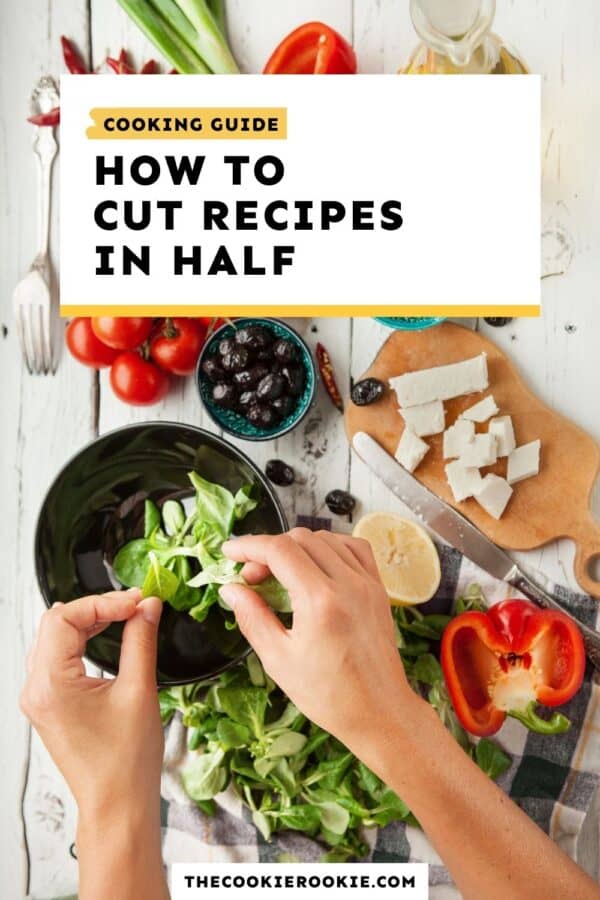
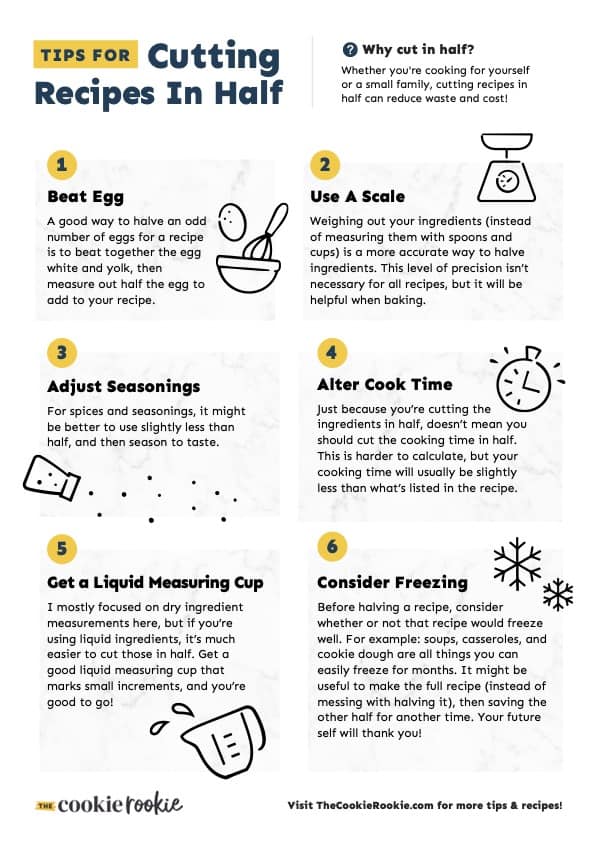

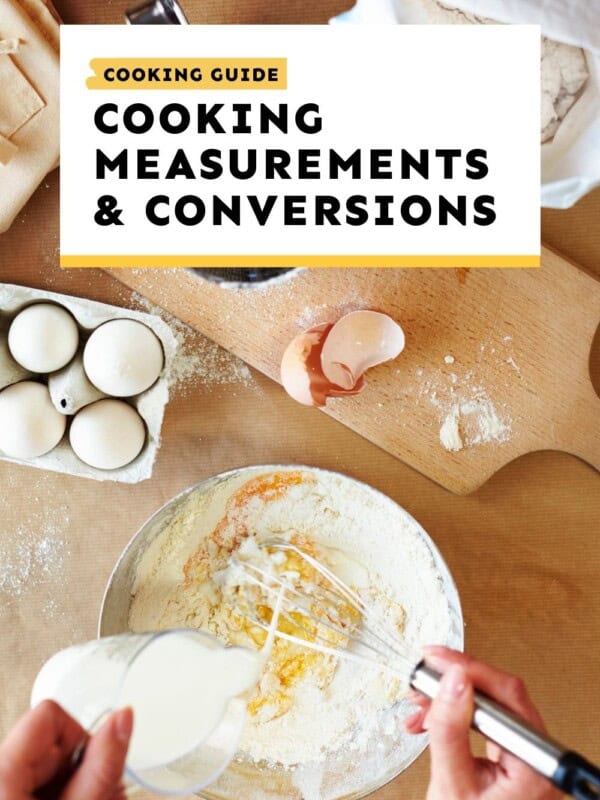
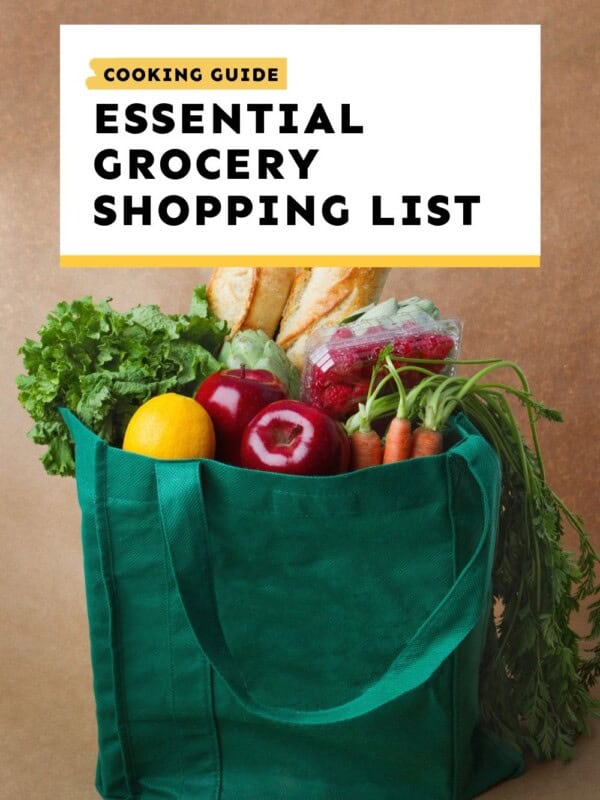
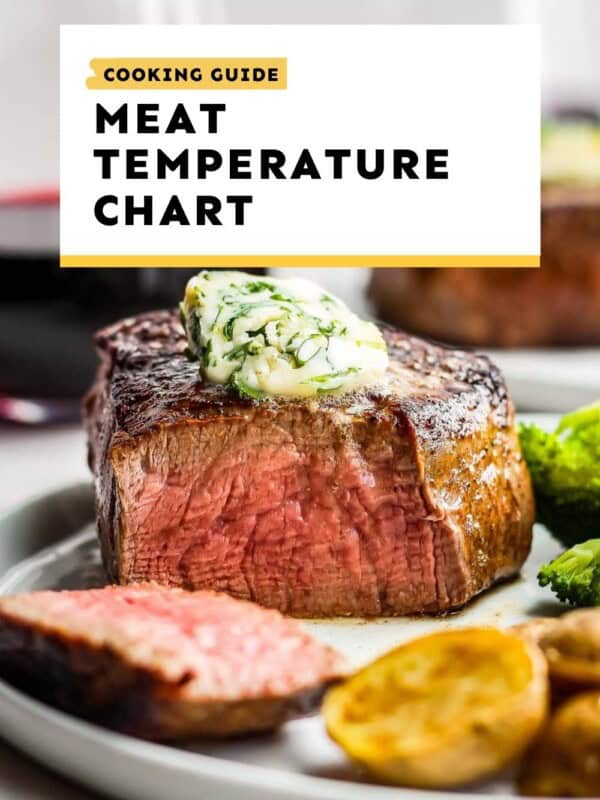
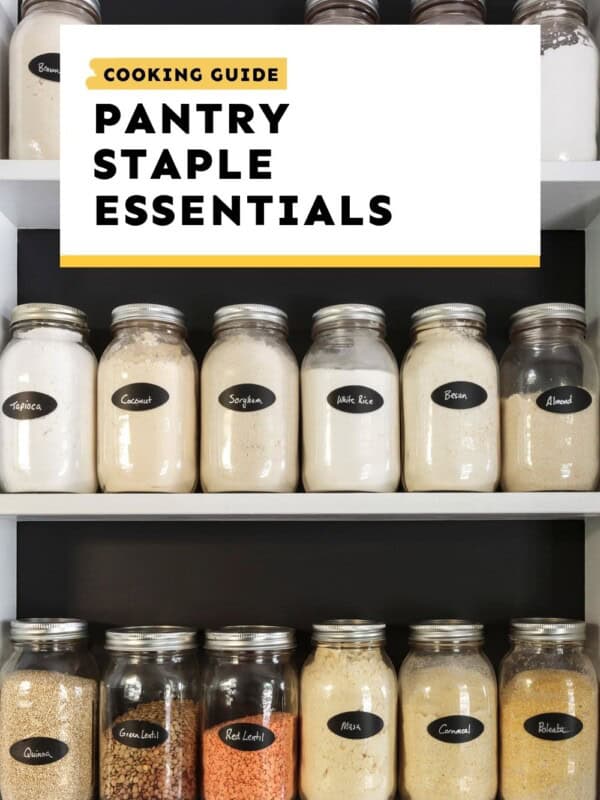
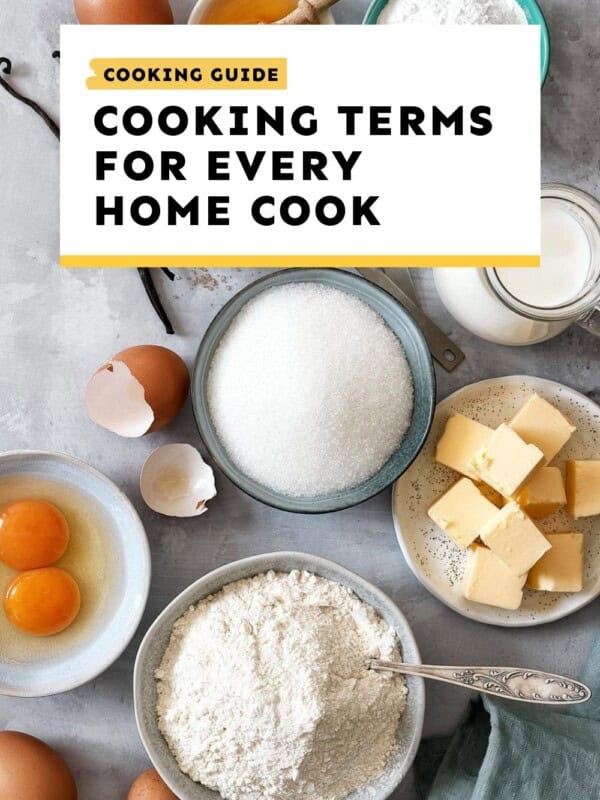
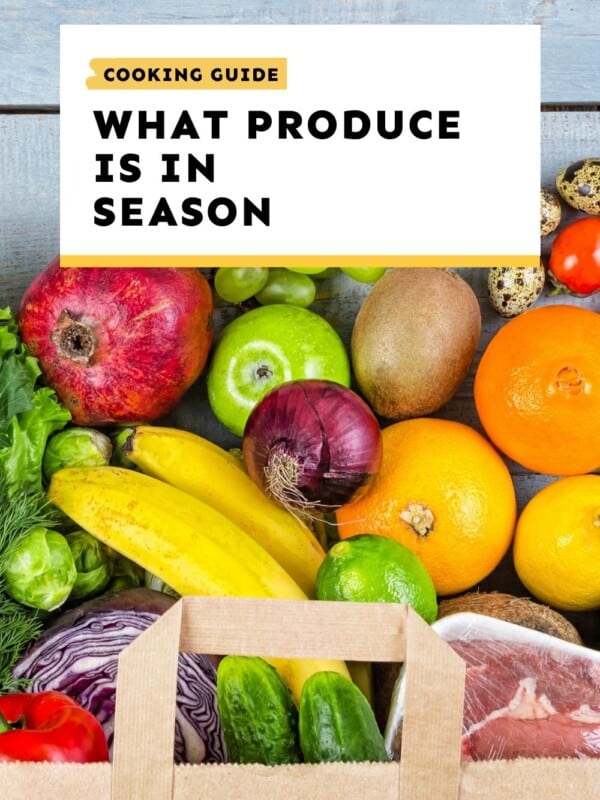
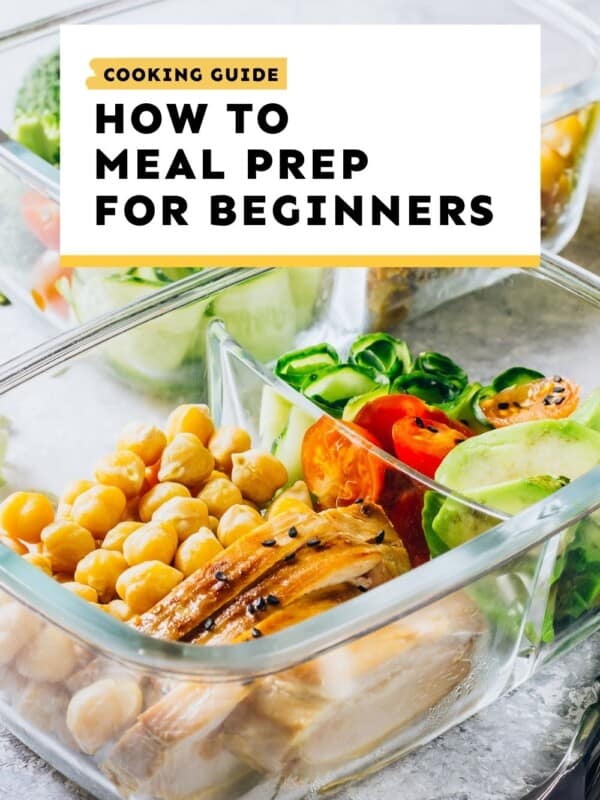
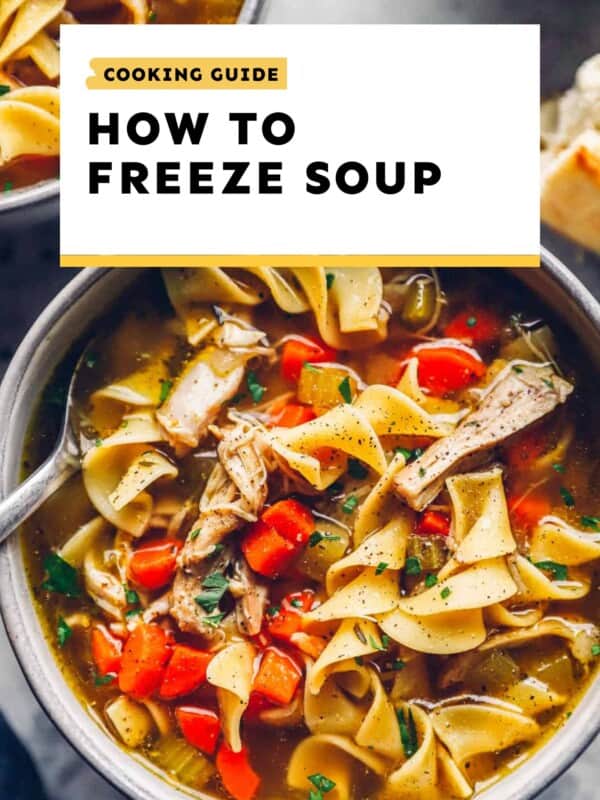






Do you ever consider listing recipes for just 1 person? I am now a widow and all the lovely recipes I see are usually for 4 or 6. I know I can cut them in half but then it is still too much and so much can’t be frozen and I don’t particularly like the same thing for a few nights in a row.
Just wondered. I am sure there are many single/widowed women out there.
Yvonne Shannon
Your recipes all looks great!
My recipe cards allow you to alter the serving size which will alter the ingredients to the appropriate amount!
just a question, what is the halving of 2 3/4?
1.375!
This was super helpful and made my baking lot less stressful! Thank you so much for doing this!
Happy to help!
For cookies, could I just leave out editing the cook time? Like cooking 6 cookies would take the same amount of time for 12, right?
Yes, definitely monitor!
Thank you for the free printable Kitchen conversion chart which will be helpful for my daughter who will be attending college this fall and will be cooking in her dorm. I recently found a recipe that our family enjoyed and selected 6 servings and the ingredients converted accordingly, however, I am confused how to determine the correct amount to measure. This is one example: 0.31 (14.5 ounce) can crushed tomatoes — what does that mean?? I would appreciate any help.
Hi there! That definitely gets confusing as when it converts, it uses decimals instead of fractions. So it would be 3/10s of a can!
Ok, thank you and I will know what to do if I adjust the servings for any recipe and is in decimals.
Thanks for the conversion chart
You’re very welcome!!
Thank you for this post! I have gone from cooking for five to cooking for two and this is most beneficial.
You’re so welcome! I’m glad I could help!